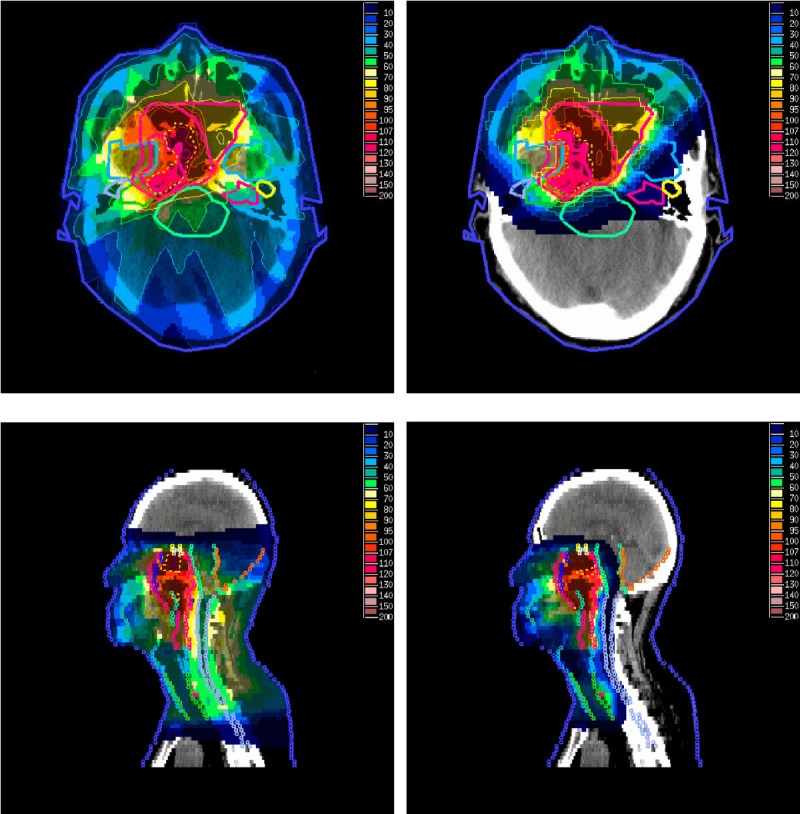On Oct. 17, Stanford Medicine and the Veterans Affairs Palo Alto Health Care System (VAPAHCS) announced that they are collaborating to create the first hadron therapy center in the United States. Hadron therapy uses heavy particles, such as carbon, instead of photons to treat cancer.
According to the Chair of the Stanford Radiation Oncology Department, Quynh-Thu Le, hadron therapy can provide more effective cancer treatment.
“[This is because] with charged particle beams, one can concentrate the high radiation dose to the area of the tumor with very little collateral dose to the adjacent normal tissues,” wrote Le.
Although this center will be the first hadron therapy center in the United States, there are 11 existing centers worldwide, mostly concentrated in Europe and Asia.
Sridhar Seshadri, Stanford Medicine’s Vice President of Cancer Services, stated that Stanford Medicine first started considering opening a hadron therapy center in fall of 2008, as new hadron technology was starting to come onto the market. In 2009, Stanford Medicine formed an advisory board to understand the market potential for hadron to treat cancer, which yielded positive results.
Starting in 2011, Stanford representatives started visiting proton centers around the U.S. Through these visits, Stanford Medicine decided that it wanted to go beyond protons and focus on carbon therapy. To gain a deeper understanding of hadron therapy, representatives from the Stanford Hospital, the Lucile Packard Children’s Hospital and the School of Medicine visited a hadron therapy center in Japan. They also started ongoing discussions with companies that could create the hadron therapy machines.
In 2016, the VAPAHCS approached Stanford Medicine about partnering to create a hadron therapy center. Discussion are still in progress, but the center is planned to be housed on the VAPAHCS campus.
In addition, the nationwide Cancer Moonshot initiative chaired by Vice President Joe Biden invited the new hadron therapy center to be included as one of the its potential projects to be launched as a part of that initiative.
Although the exact specifications of the center are still under discussion, Seshadri articulated that the center will treat both veterans and non-veterans. The center will likely be 60 to 70 thousand square feet in size and contain three treatment rooms. One will most likely be a proton room to treat children, as the current hadron methods are considered too hazardous to children. Another room is guaranteed to house a hadron therapy machine, and the last one is still up for discussion. At full capacity, the center will house 75 to 80 collaborators.
In addition, the center will start out with a clinical focus with specific research on carbon beams.
From the initial three years of research, Stanford Medicine hopes to gain FDA approval for hadron therapy. With this, the center will focus on making the therapy more accessible to the general public. In fact, the SLAC National Accelerator Laboratory plans to act as a Research and Development (R&D) arm within the center to help make hadron therapy machinery more accessible, according to SLAC senior staff Aaron Tremaine.
“Stanford worked with Varian Associates to develop the first linear accelerator for medical use in 1968,” Seshadri wrote. “Today, Varian Medical Systems has installed several thousand linear accelerators in the U.S. and worldwide to treat cancer patients. It took a bet like this, almost 50 years ago, for radiation therapy linear accelerators to be brought to the our country and … the world.”
Contact Christina Ashley Pan at capan ‘at’ stanford.edu.
